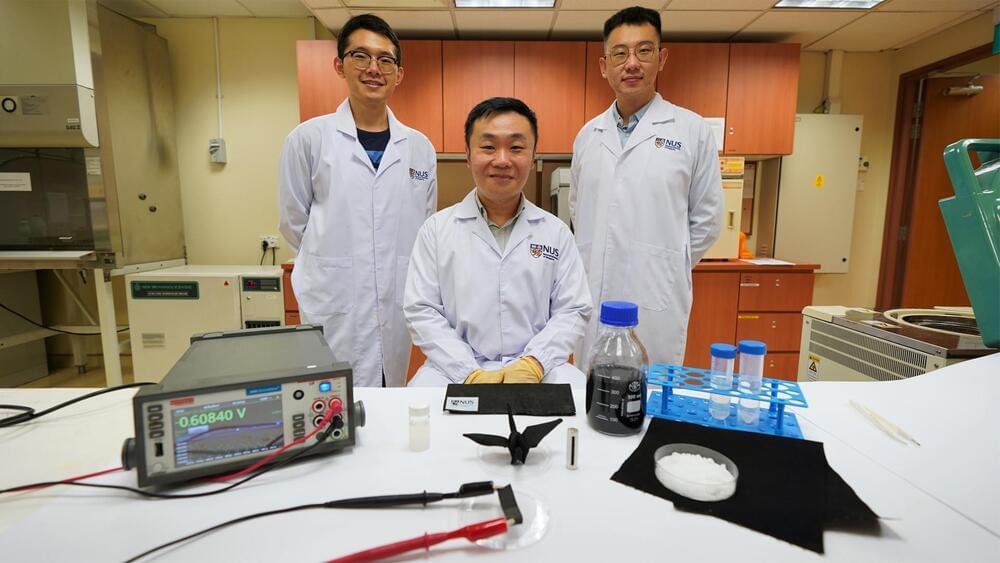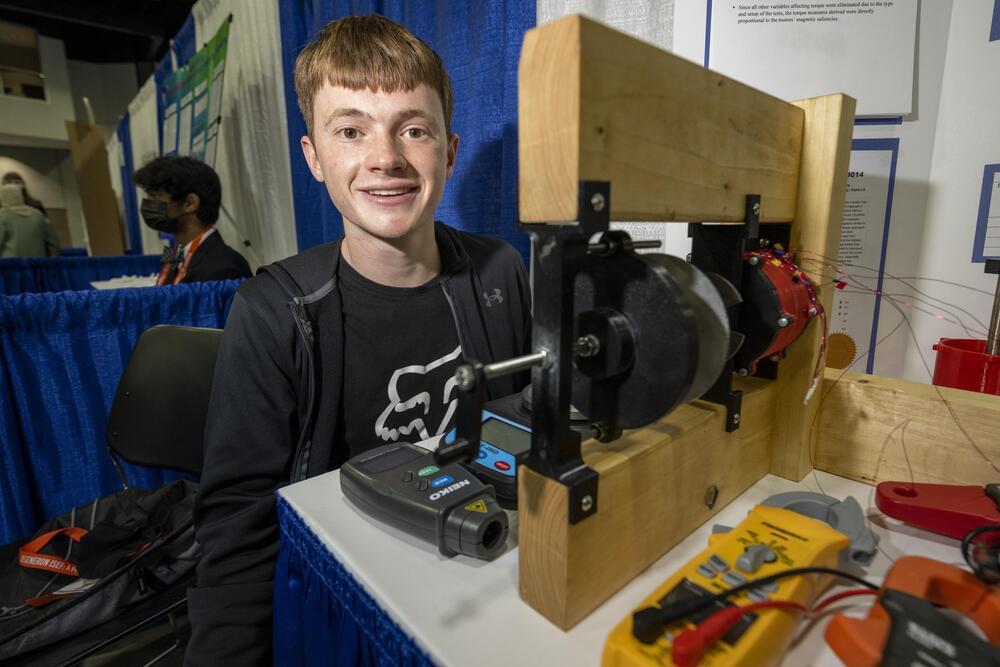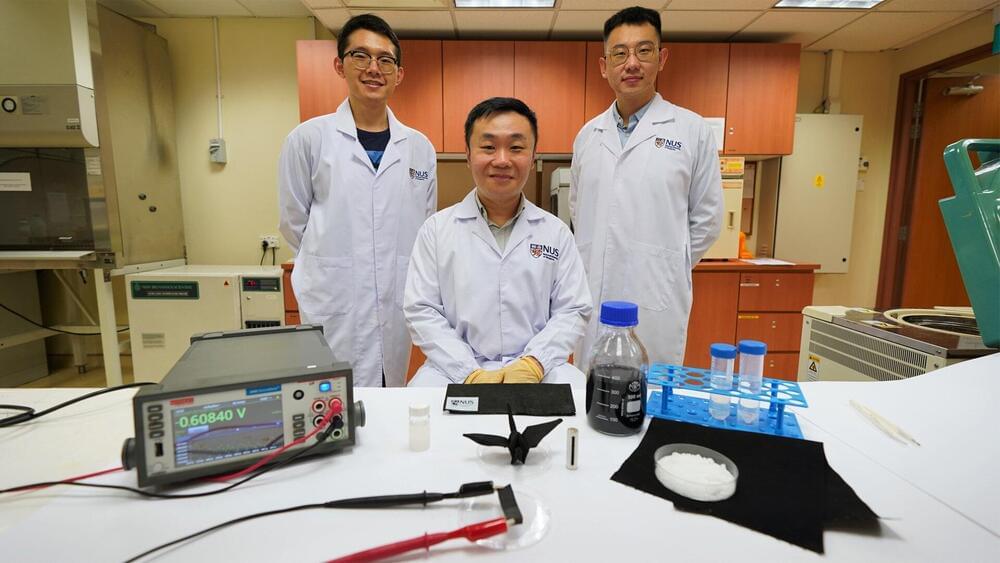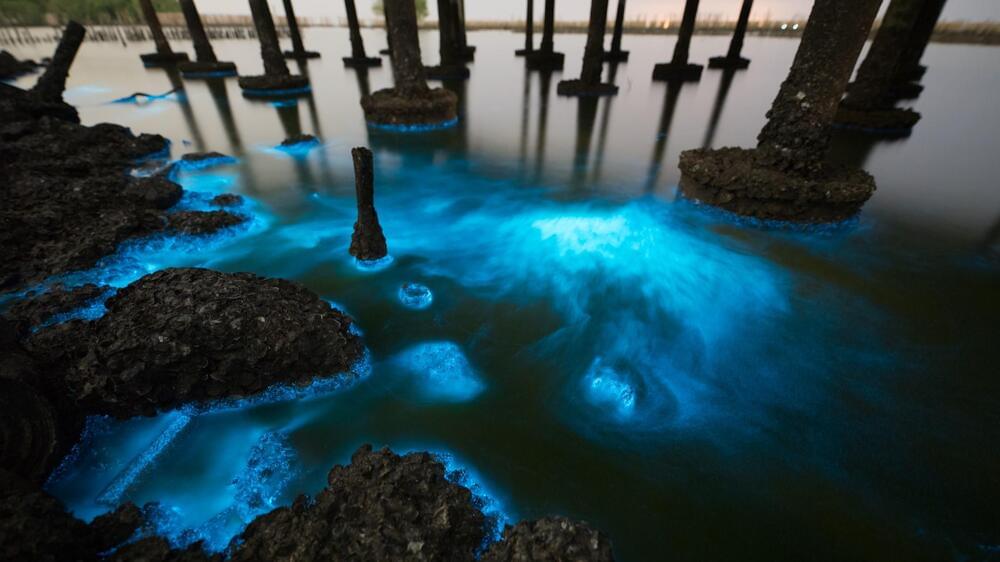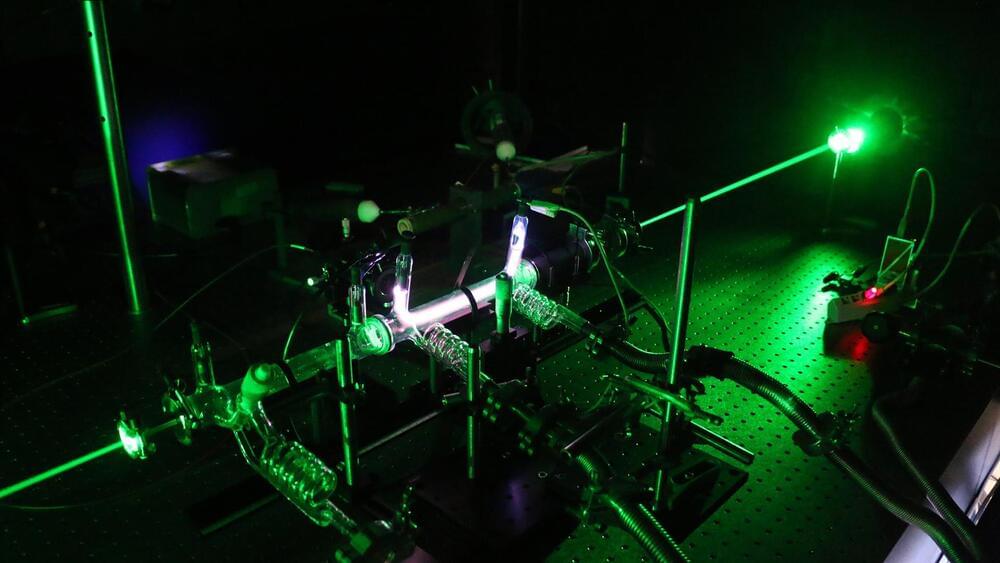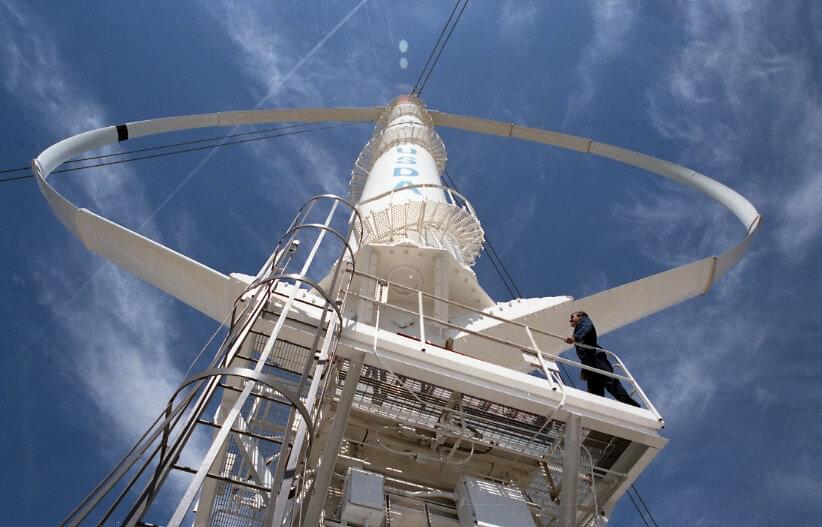Aug 19, 2022
NUS researchers invent self-charging, ultra-thin device that generates electricity from air moisture
Posted by Gemechu Taye in categories: engineering, health, sustainability, wearables
This new invention is highly scalable since its raw materials are commercially available and easy to access.
A team of researchers from the National University of Singapore’s (NUS) College of Design and Engineering (CDE) has developed a self-charging electricity generation (MEG) device that generates electricity from air moisture, according to a press release by the institution.
Imagine being able to generate electricity by harnessing moisture in the air around you with just everyday items like sea salt and a piece of fabric, or even powering everyday electronics with a non-toxic battery that is as thin as paper. A team of researchers from the National University of Singapore’s (NUS) College of Design and Engineering (CDE) has developed a new moisture-driven electricity generation (MEG) device made of a thin layer of fabric — about 0.3 millimetres (mm) in thickness — sea salt, carbon ink, and a special water-absorbing gel.
